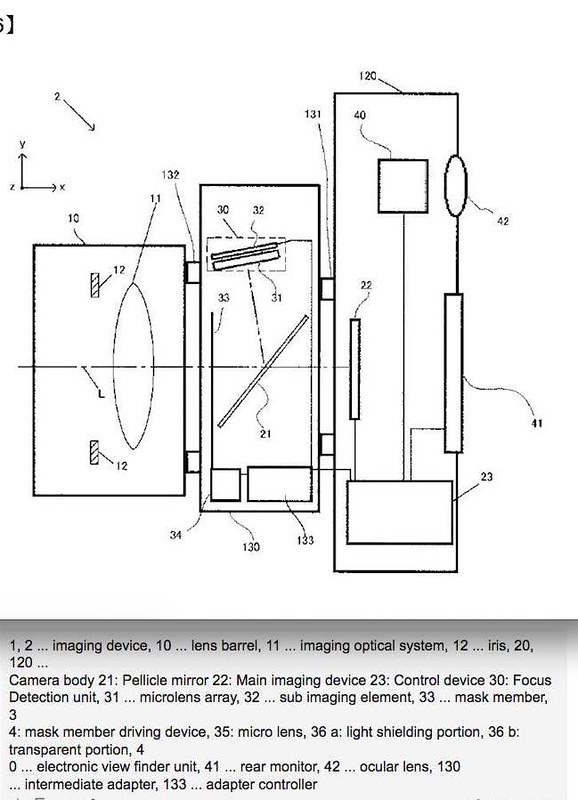With nikon and canon both in the process of releasing full frame mirrorless cameras, it seems like the technology has moved on enough that the age if mirrors will soon be behind us. I think the key technology that has made this possible is the on-sensor phase detection, which was the main reason to stick with AF DSLRs as their AF performance was quite simply a step beyond what was possible with contrast based AF.
A few years back i'd have said nikon and canon as the only sensible games in town for cameras, which was obviously a declining market and hence unlikely to get the required investment from another manufacturer to create a third option.
Yet here we are with canon, nikon, fuji and sony all producing a range of high quality and competing camera systems. Exciting times!
A few years back i'd have said nikon and canon as the only sensible games in town for cameras, which was obviously a declining market and hence unlikely to get the required investment from another manufacturer to create a third option.
Yet here we are with canon, nikon, fuji and sony all producing a range of high quality and competing camera systems. Exciting times!


